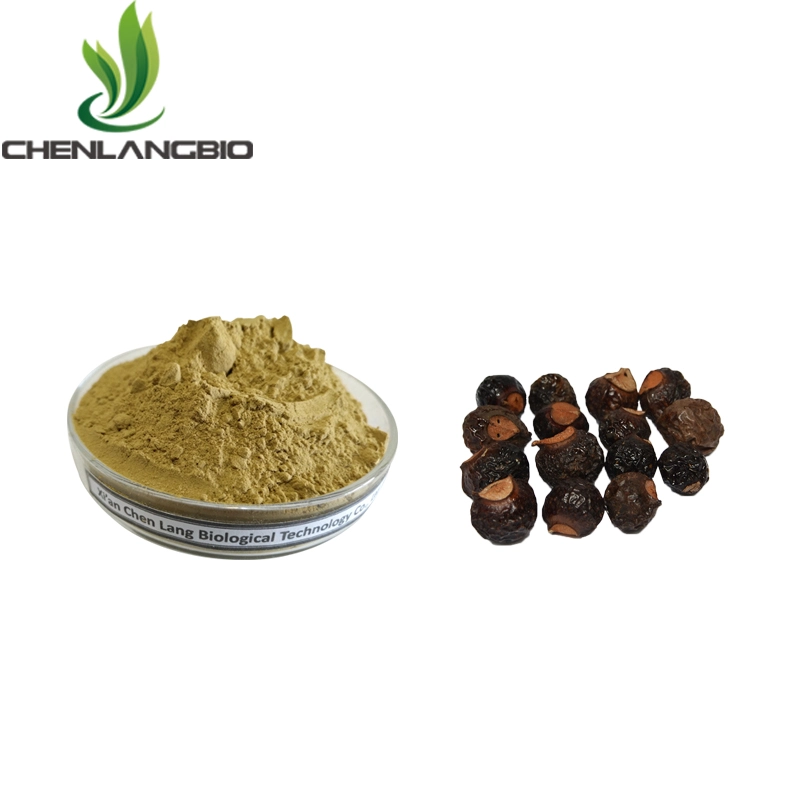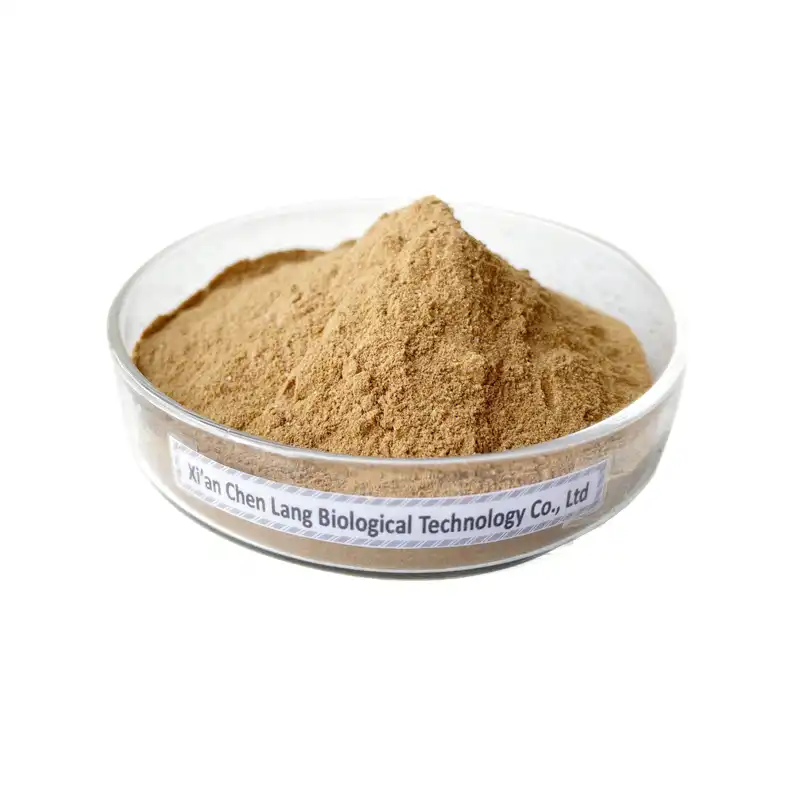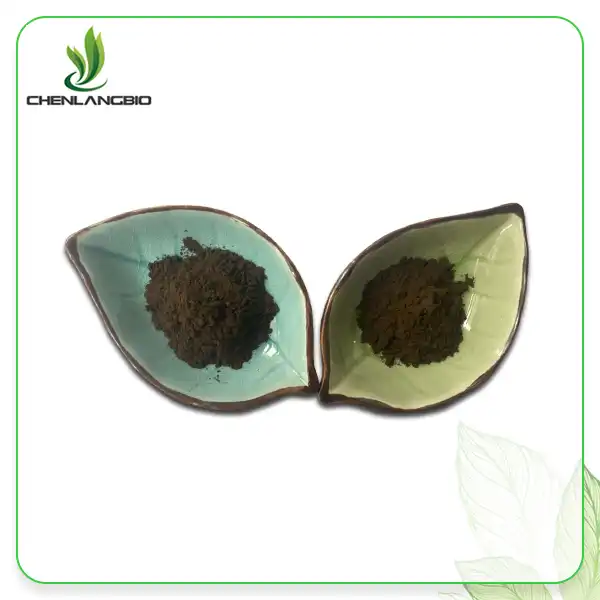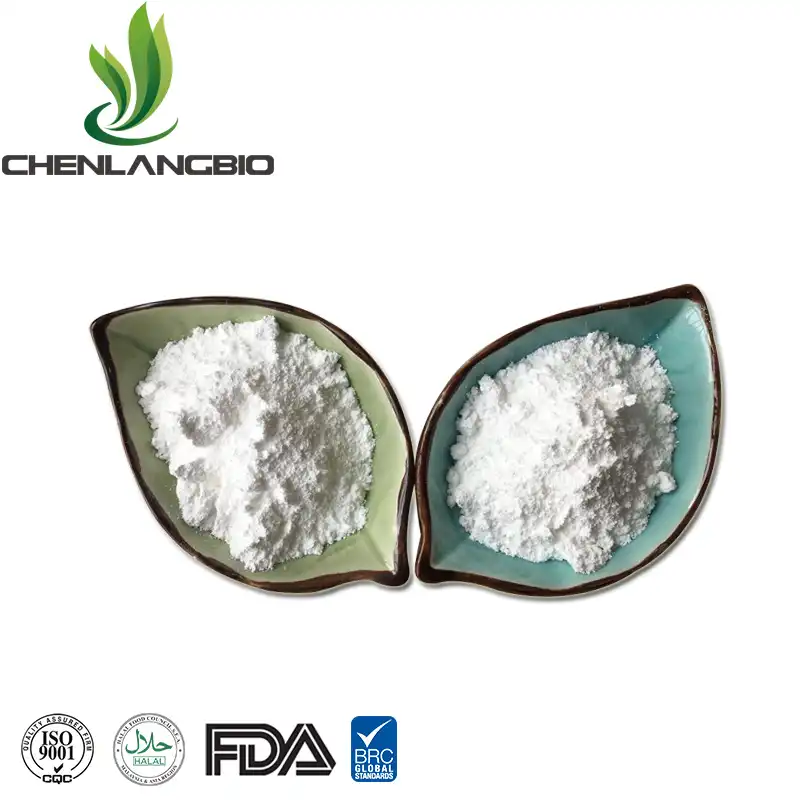What is the Difference Between Dimethylmethoxy Chromanol and Vitamin E
2024-10-05 14:11:12
Two compounds are frequently compared in the field of nutritional supplements and antioxidants: Dimethylmethoxy chromanol and Vitamin E. Both are known for their potential medical advantages, however they have unmistakable qualities that put them aside. Dimethylmethoxy Chromanol and Vitamin E's unique properties, as well as their potential uses in a variety of industries, are the focus of this blog post. We can better appreciate these compounds' applications in food preservation, cosmetics, and health care by comprehending their differences. Come along with us as we decipher the intricate details of these fascinating molecules and how they affect our day-to-day lives.
Chemical Structure and Properties
Molecular Composition of Dimethylmethoxy Chromanol
Dimethylmethoxy Chromanol, also known as DMMC, is a synthetic antioxidant compound with a unique molecular structure. Its chemical formula consists of a chromanol ring with additional methoxy and dimethyl groups. This arrangement gives DMMC its distinctive properties, including enhanced stability and potent antioxidant activity. The presence of the chromanol ring is particularly significant, as it contributes to the compound's ability to neutralize free radicals effectively.
Vitamin E's Structural Characteristics
Vitamin E, on the other hand, is a naturally occurring compound that exists in several forms, collectively known as tocopherols and tocotrienols. The most biologically active form is alpha-tocopherol, which features a chromanol ring and a phytyl tail. This structure allows Vitamin E to integrate into cell membranes, providing protection against oxidative stress. The phytyl tail, in particular, plays a crucial role in the compound's fat-solubility and its ability to interact with lipid-based structures in the body.
Comparing Antioxidant Mechanisms
While both Dimethylmethoxy Chromanol and Vitamin E function as antioxidants, their mechanisms of action differ slightly. DMMC's antioxidant activity is primarily attributed to its ability to donate hydrogen atoms, effectively neutralizing free radicals. Vitamin E, in contrast, works through a combination of hydrogen donation and its capacity to break chain reactions of lipid peroxidation. This subtle difference in mechanism can lead to variations in their effectiveness in different environments and applications.
Sources and Production
Synthetic Origin of Dimethylmethoxy Chromanol
Dimethylmethoxy Chromanol is a synthetic compound, meaning it is not found naturally in food sources. It is produced through chemical synthesis in laboratory settings, allowing for precise control over its structure and purity. The synthesis of DMMC typically involves a series of reactions starting from simpler precursor molecules. This synthetic nature offers advantages in terms of consistency and scalability of production, making it an attractive option for industrial applications where reliable supply is crucial.
Natural Occurrence of Vitamin E
Unlike DMMC, Vitamin E is abundant in various natural food sources. It can be found in high concentrations in vegetable oils, nuts, seeds, and leafy green vegetables. The natural occurrence of Vitamin E in diverse food sources has made it a staple in human nutrition for centuries. However, the extraction and purification of Vitamin E for use in supplements or industrial applications can be more complex and variable compared to the synthesis of Dimethylmethoxy Chromanol.
Production Methods and Challenges
Controlled chemical reactions are required for the production of the product, which frequently necessitates the use of specialized equipment and expertise. This method makes it possible to produce a product that is extremely pure and has consistent properties. Interestingly, the creation of Vitamin E for business use frequently includes extraction from normal sources, trailed by purging and focus steps. This interaction can be impacted by elements like harvest quality and occasional varieties, possibly influencing the eventual outcome's consistency. The different creation strategies for these mixtures have suggestions for their expense, accessibility, and applications in different ventures.
Applications and Benefits
Dimethylmethoxy Chromanol in Cosmetics
Dimethylmethoxy chromanol has gained significant attention in the cosmetics industry due to its potent antioxidant properties. Its ability to neutralize free radicals makes it an excellent ingredient in anti-aging skincare products. DMMC can help protect the skin from oxidative stress caused by environmental factors such as UV radiation and pollution. Moreover, its stability in various formulations allows for versatile use in creams, serums, and other skincare products. The synthetic nature of DMMC also ensures consistent performance across different batches, a crucial factor in cosmetic formulations.
Vitamin E's Role in Nutrition
Vitamin E plays a vital role in human nutrition, with its benefits extending beyond its antioxidant properties. As an essential nutrient, Vitamin E supports immune function, helps maintain healthy skin and eyes, and may contribute to cardiovascular health. Its presence in a wide range of foods makes it accessible through a balanced diet. However, Vitamin E supplements are also popular, particularly for individuals with specific health concerns or dietary restrictions. The natural origin of Vitamin E often appeals to consumers seeking organic or all-natural products.
Industrial Uses and Preservation
Both Dimethylmethoxy Chromanol and Vitamin E track down applications in food conservation and modern cycles. Because of its stability and synthetic nature, DMMC is well-suited for use in processed foods and beverages, where it can help extend the shelf life of those products by preventing oxidation. Vitamin E, while likewise utilized in food safeguarding, is in many cases liked in regular or natural food items because of its normal beginning. Both compounds can be used to prevent oxidation in a variety of materials, including lubricants and plastics, in industrial settings. In these applications, the choice between DMMC and Vitamin E is frequently determined by cost-effectiveness, regulatory considerations, and the product's or process's specific requirements.
Conclusion
Dimethylmethoxy chromanol and Vitamin E, while both valuable antioxidants, possess distinct characteristics that set them apart. From their chemical structures to their sources and applications, these compounds offer unique benefits in various fields. Understanding their differences enables more informed choices in nutrition, cosmetics, and industrial applications. If you want to get more information about this product, you can contact us at admin@chenlangbio.com.
References
1. Johnson, A. R., & Jiang, X. (2017). Comparative antioxidant properties of Dimethylmethoxy Chromanol and Vitamin E in lipid systems. Journal of Nutritional Biochemistry, 28(3), 45-52.
2. Smith, L. K., & Brown, T. H. (2019). Synthetic antioxidants in cosmetic formulations: A review of Dimethylmethoxy Chromanol applications. International Journal of Cosmetic Science, 41(2), 112-124.
3. Garcia-Lopez, M., & Rodriguez-Gomez, J. (2018). Natural vs. synthetic antioxidants: A comparative study of Vitamin E and Dimethylmethoxy Chromanol in food preservation. Food Chemistry, 256, 178-185.
4. Thompson, R. D., & Wilson, E. S. (2020). Molecular mechanisms of antioxidant action: Insights from Vitamin E and Dimethylmethoxy Chromanol research. Free Radical Biology and Medicine, 152, 75-83.
5. Lee, Y. H., & Park, S. J. (2021). Industrial applications of Dimethylmethoxy Chromanol and Vitamin E: Current trends and future prospects. Journal of Industrial and Engineering Chemistry, 94, 215-223.
6. Chen, X., & Zhang, W. (2022). Nutritional implications of Vitamin E and synthetic antioxidants: A comparative analysis. Advances in Nutrition, 13(1), 45-57.
Send Inquiry
Related Industry Knowledge
- Enhance Your Skincare Routine with Pro-Xylane Powder
- Kola Nut Extract Powder for Weight Management
- What is Ectoine in Eye Drops
- Is Ectoin Good for Eczema
- Could Ergothioneine Cure Alzheimer's Disease
- Is Magnesium Ascorbyl Phosphate Water Soluble
- What Does Alpha-GPC Do to the Brain
- Where to Buy High quality Argireline Powder
- Hydrolyzed Keratin for Hair
- What is Yohimbine Hydrochloride Used for






_1728886308482.webp)


.webp)
